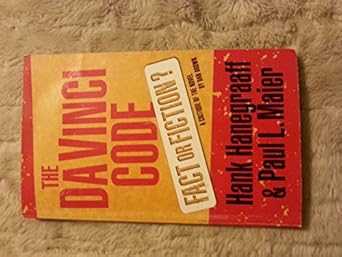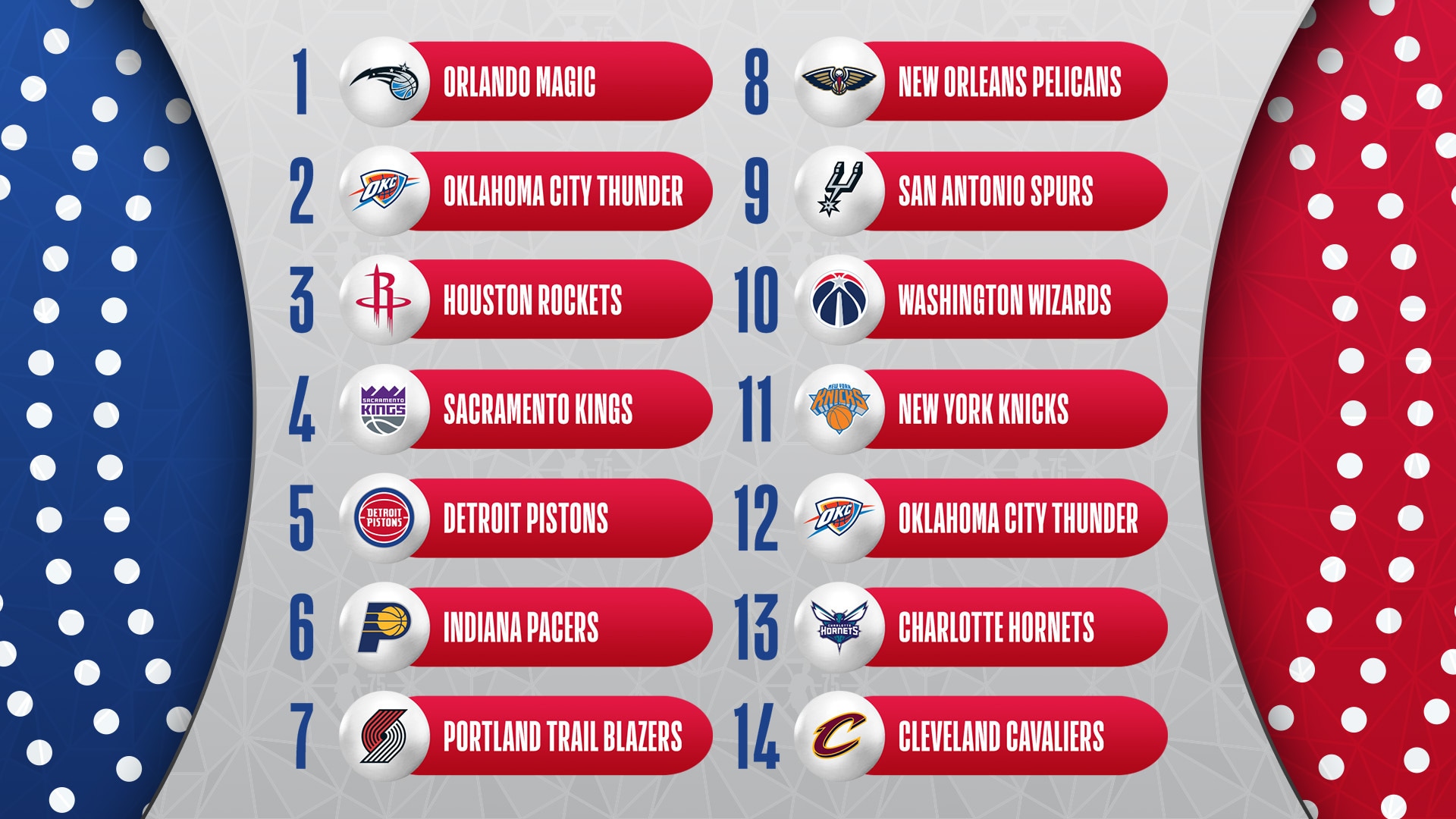The Da Vinci Code: Fact Vs. Fiction In Dan Brown's Novel

Table of Contents
The Holy Grail: Myth or Reality?
The Holy Grail, a central element in The Da Vinci Code, is shrouded in mystery and legend. The novel’s interpretation is far from the only one. Understanding the complexities of this symbol requires examining its diverse interpretations throughout history.
The Grail's Diverse Interpretations:
The Holy Grail's meaning has shifted significantly over time. Various interpretations have emerged throughout history, transforming the Grail from a simple chalice to a complex symbol laden with spiritual and symbolic meaning.
- Literal Interpretation: The most straightforward interpretation views the Grail as the literal cup used by Jesus at the Last Supper. This interpretation is supported by some medieval legends and artistic representations.
- Symbolic Interpretations: Other interpretations view the Grail as a symbol of spiritual enlightenment, divine grace, or even the womb of the earth. This symbolic representation lends itself to various spiritual and mythological interpretations across different cultures and religions.
- Historical Accounts: Numerous historical accounts and legends associate the Grail with various figures and events, often intertwining it with Arthurian mythology and other medieval narratives. These accounts, however, frequently lack verifiable evidence, adding to the Grail's mystical allure.
- Dan Brown's Deviation: Dan Brown departs significantly from these established interpretations, presenting a far more controversial and arguably less historically substantiated interpretation of the Grail.
The Da Vinci Code's Fictional Grail:
In The Da Vinci Code, the Grail takes on a completely different meaning. Brown presents it not as a chalice but as the bloodline of Jesus Christ and Mary Magdalene. This interpretation, which centers around Mary Magdalene as Jesus's wife and the mother of his child, is a central element in the novel's narrative.
- The Bloodline Theory: Brown's theory posits that the descendants of Jesus and Mary Magdalene secretly preserved the true history of Christianity, a history allegedly suppressed by the Church.
- Lack of Evidence: It's crucial to emphasize that there is no credible historical evidence supporting this claim. While some scholars have speculated about Jesus's family life, this interpretation remains firmly within the realm of fictional conjecture. The absence of verifiable evidence means we must approach Brown's depiction as a creative narrative choice rather than a historical fact.
The Priory of Sion: Historical Society or Literary Invention?
The Priory of Sion, another significant player in The Da Vinci Code, is a real historical organization, but its actual history is far removed from Brown's fictional portrayal.
The Priory's Obscure History:
The real Priory of Sion has a rather obscure and insignificant historical presence. While its origins can be traced back to the 12th century, its activities were largely inconsequential and its historical significance extremely limited.
- Limited Historical Records: Existing historical records of the Priory are scarce and don't suggest the powerful, secret society depicted in the novel.
- Modern Inventions: It was only in the 20th century that the Priory of Sion began to be associated with the kind of secret, powerful organization that protects ancient secrets and bloodlines, as depicted in the novel.
The Priory in The Da Vinci Code:
In stark contrast to its real-world counterpart, Brown depicts the Priory of Sion as a powerful, centuries-old secret society charged with protecting the truth about Jesus and Mary Magdalene and safeguarding the Holy Grail’s secret.
- Fictionalized Narrative: Brown’s version of the Priory is an essential element of the novel's plot, contributing to the suspense and intrigue. However, this is a largely fictionalized narrative, designed to create a compelling story rather than a historically accurate representation.
- Historical Inaccuracies: The novel's depiction takes significant liberties with historical facts, exaggerating the Priory's influence and inventing details to serve the narrative. This embellishment is crucial to consider when assessing the novel’s historical accuracy.
Jesus and Mary Magdalene: Historical Evidence vs. Novelistic Interpretation
The novel's portrayal of Jesus and Mary Magdalene significantly diverges from the limited historical evidence available.
The Historical Jesus:
The historical Jesus is a complex figure shrouded in limited historical documentation. The accounts of Jesus's life mainly come from the Gospels, which are religious texts and not necessarily unbiased historical documents.
- Gospel Accounts: The four Gospels of the New Testament provide the primary sources for information about Jesus's life and teachings. However, these accounts sometimes differ and are open to interpretation.
- Limited Historical Sources: There is a dearth of independent historical sources that confirm or contradict the accounts in the Gospels.
Mary Magdalene in The Da Vinci Code:
Brown's portrayal of Mary Magdalene as Jesus's wife and the mother of his child completely contradicts established Christian dogma and lacks concrete historical support.
- Da Vinci Code Interpretation: This portrayal paints Mary Magdalene as a significant figure central to early Christianity, a role that is debated among scholars.
- Limited Historical Information: The historical sources related to Mary Magdalene are limited and often subject to various interpretations. While she is mentioned in the Gospels, her relationship with Jesus is open to various interpretations, none of which corroborate the one presented in The Da Vinci Code.
Conclusion: Separating Fact from Fiction in The Da Vinci Code
The Da Vinci Code is a work of fiction that skillfully combines elements of history and religious symbolism with a compelling fictional narrative. While the novel has ignited interest in historical mysteries and religious symbology, it’s crucial to distinguish between its fictional account and verifiable historical facts. Many of the core claims—the nature of the Holy Grail, the role of the Priory of Sion, and the relationship between Jesus and Mary Magdalene—are either highly debated among scholars or lack substantial supporting evidence. The novel should be appreciated for its storytelling, but not as a historical document.
Call to Action: Continue to explore the fascinating world of history and religious symbolism. However, remember to always critically evaluate the sources and differentiate between fact and fiction when engaging with works such as The Da Vinci Code. Further research into the Da Vinci Code's historical accuracy is encouraged, allowing you to develop your own informed opinion on the balance of fact and fiction within Dan Brown's captivating novel.

Featured Posts
-
 The 2024 Hit The Road Drax Protest A Look Back
May 13, 2025
The 2024 Hit The Road Drax Protest A Look Back
May 13, 2025 -
 Delhi Issues Heatwave Advisory Protect Yourself From Heatstroke
May 13, 2025
Delhi Issues Heatwave Advisory Protect Yourself From Heatstroke
May 13, 2025 -
 Mosque Under Scrutiny Police Raid Linked To Controversial Muslim Mega City Project
May 13, 2025
Mosque Under Scrutiny Police Raid Linked To Controversial Muslim Mega City Project
May 13, 2025 -
 Delhi Heatwave Government Issues Advisory Warns Of Heatstroke Risks
May 13, 2025
Delhi Heatwave Government Issues Advisory Warns Of Heatstroke Risks
May 13, 2025 -
 Sixers Chances To Win Nba Draft Lottery A Complete Guide
May 13, 2025
Sixers Chances To Win Nba Draft Lottery A Complete Guide
May 13, 2025
Latest Posts
-
 Eva Longorias Alexander And The Terrible Horrible No Good Very Bad Day Road Trip Watch Now
May 13, 2025
Eva Longorias Alexander And The Terrible Horrible No Good Very Bad Day Road Trip Watch Now
May 13, 2025 -
 Eva Longoria Debuts Drastic New Hairstyle See The Photos
May 13, 2025
Eva Longoria Debuts Drastic New Hairstyle See The Photos
May 13, 2025 -
 Eva Longorias 50th Birthday Celebrating Her Beauty Through The Years
May 13, 2025
Eva Longorias 50th Birthday Celebrating Her Beauty Through The Years
May 13, 2025 -
 Eva Longoria Es A Bikinik Korosodas Elleni Tippjei
May 13, 2025
Eva Longoria Es A Bikinik Korosodas Elleni Tippjei
May 13, 2025 -
 Eva Longorias Travel Show Premiere Date And Trailer Drop
May 13, 2025
Eva Longorias Travel Show Premiere Date And Trailer Drop
May 13, 2025
